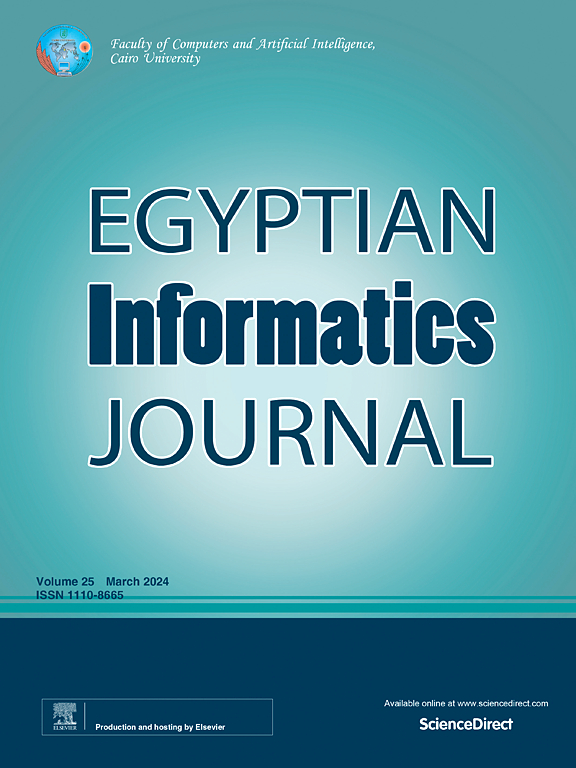An information dissemination strategy in social networks based on graph and content analysis
IF 5
3区 计算机科学
Q1 COMPUTER SCIENCE, ARTIFICIAL INTELLIGENCE
引用次数: 0
Abstract
Social networking platforms like Facebook, Twitter, Instagram, and LinkedIn have revolutionized communication, but there’s growing concern about invalid information, misinformation, and disinformation. Malicious actors exploit these platforms for economic, political, or ideological purposes, impacting public trust, democratic processes, and individual decision-making. Research is being conducted to develop tools to distinguish genuine and invalid information. Twitter, with its vast user base, has become a focal point for studying information diffusion patterns and identifying potential sources of misinformation. A novel method is proposed for identifying information dissemination paths based on node centrality criteria, analyzing the network structure and characteristics of Twitter users to uncover influential nodes that play a crucial role in spreading information across the network. The study explores the potential of deep learning and ensemble learning techniques in content development to improve the accuracy of information classification. Examining the performance of the proposed hybrid model in classifying misinformation showed that in terms of average accuracy, f-measure, and AUC, it achieved 98.6 %, 0.9858, and 0.9862 respectively, which are at least 1.6 %, 1.62 % and 1.5 % higher than the compared method. Additionally, the proposed model could recognize the leader nodes in information dissemination by the highest accuracy of 86% which is competitive with the metaheuristic-based approaches such as FFO and GWO. By leveraging advanced computational techniques and data analysis, we can strive towards a more informed and trustworthy digital environment, where users can navigate through the sea of information with confidence and make well-informed decisions.
求助全文
约1分钟内获得全文
求助全文
来源期刊

Egyptian Informatics Journal
Decision Sciences-Management Science and Operations Research
CiteScore
11.10
自引率
1.90%
发文量
59
审稿时长
110 days
期刊介绍:
The Egyptian Informatics Journal is published by the Faculty of Computers and Artificial Intelligence, Cairo University. This Journal provides a forum for the state-of-the-art research and development in the fields of computing, including computer sciences, information technologies, information systems, operations research and decision support. Innovative and not-previously-published work in subjects covered by the Journal is encouraged to be submitted, whether from academic, research or commercial sources.
 求助内容:
求助内容: 应助结果提醒方式:
应助结果提醒方式:


